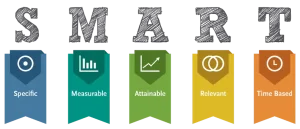How nice it is to be in a coffee shop where there is the aroma of freshly roasted beans filling the air, mingling with the soft murmur of conversation and gentle clinking of mugs. Sunlight fills the windows, illuminating warm cozy corners where the tapping of laptop keys can be heard. In other areas is the sound of soft laughter or the playing of board games. This is not just another coffee shop, it is your coffee shop, a community, a place of enjoyment and experience, but…
In today’s digital world, your inviting atmosphere may go unnoticed if it is not promoted online. Think of your social media channels as your virtual storefront. Are they enticing passersby with the same warmth and personality as your physical location? Or are they just joining every other social media post competing for attention?
A vibrant social media presence is not just a luxury or something you will get to sometime, it is a necessity. It is one of the trains that is a vital component of your website (the train station). Social media is the key to unlocking a wider audience, building a loyal community, and brews your success as a local coffee shop. Read this post to find out how to transform your social media from a mere after thought into a powerful engine for growth.
An Effective Social Media Plan Knows its Audience
Oh no, not the audience again. But as has been discussed in a lot of my posts, even in this series, you have to know your audience to be effective in any of your marketing efforts. Without knowing your audience, you might as well be shouting to an empty field or the street preacher on the corner. You are making a lot of noise, but is anybody really listening?
To connect with your audience, you have to know them and understand them. Below are some of the questions to get to know your audience divided into categories.
Demographics
The age, occupation, interests, and online behavior of your main customers can have a great influence on your social media plan and its strategy. Ask yourself, who are your typical customers? Are they college students cramming for exams, young professionals looking for a quick coffee before work, or perhaps retirees enjoying a morning chat with others?
If you are located in a small town, these questions may be fairly easy to answer as there are fewer audiences. However, in a larger town, you may have two or more segments you are aiming for or it may be determined by your community.
Preferred Platforms
As discussed in some of the other posts, you need to be located and present where your target audience is most active and present. So ask yourself, where does your audience spend their time online? Are they scrolling through Instagram or Pinterest for visual stimulation, catching up with friends on Facebook, or seeking quick entertainment on TikTok? Are they looking for quick tidbits on X, Mastodon, or Bluesky?
Each of these outlets cater to different audiences. Determine which one your audience(s) is on and incorporate it into your social media plan.
Pain Points of Your Audience
Different audiences and locations have different needs and pain points they are trying to alleviate. What problems can your coffee shop solve for them? Are they students or remote workers that need a reliable workspace with Wi-Fi? Are you in a large, fast paced city, where people want a cozy and fairly quiet place to unwind with a book? Or do you have a lot of singles or work at home parents that want a place to connect? Each of these audiences have different needs and problems to solve.
Look at Your Competitors
If you are located in a small town, you may not have many, if any competitors. But in a larger town, you may have a lot of competitors, including larger chains that are definitely aiming at particular audiences. Your social media plan will greatly depend on your particular location and your competitors.
In a small town, where you may have other small coffee shops, try to look at what they are doing on social media. What seems to be working for them? What can you do differently to stand out? The answers to these questions can inform your unique approach.
If you are in a larger town, you will have the smaller coffee shops, similar to small town, plus you will have the larger coffee chains. Here you definitely need to stand out and essentially either out convenience, out price, or provide a better “third-place” than the larger competitors have.
Adapt Your Social Media Plan for Changing Conditions
Getting research on your audience is not a one time task, but is a continuing process. Places change with employers, students graduate and move on, people move both in and out, and communities change. As a result, your social media plan is an ongoing process of observation, analysis, and adaptation. The more you understand your customers, the better you can adapt to these changes and craft content that captures their attention and drive them through your door.
Setting SMART Goals

In this step, you will set your goals in order to be able to tell if you made it to your destination or worse, you did not make it. SMART goals give you a frame of reference, act as a navigational aid and provide focus and clarity. You may have heard of the term “SMART,” but what exactly are SMART goals and what does the acronym mean.
- S – Specific: Do not just say “I want more followers.” Specify how many more and on which platform. For example, say “I want to gain 500 new Instagram followers in the next three months.” A word to the wise, though, it is great to have followers, but are they dedicated followers?
- M – Measureable: How will you track your progress? Choose metrics that can be quantified, such as website clicks, engagement rate, or reach.
- A – Achievable: Be ambitious, but realistic. Setting unattainable goals only leads to frustration. Start with, smaller more manageable targets and gradually increase them as you gain momentum.
- R – Relevant: Your goals should align with your overall business objectives. If your primary aim is to increase brand awareness, your social media goals should reflect that, albeit in small manageable objectives.
- T – Time-bound: Set a deadline for achieving your goals. This will keep you on task and on track, and keep it from being done “someday.”
You Need to Have Content for Your Social Media Plan to Work
Any social media plan needs to have content. Without content, you have no dice. In the social media world there is a lot of competition, so content produced has to be high-quality and high frequency. The frequency should be more than what you produce in blog posts (read this post about breaking blog posts into social media content). The content helps to fuel interaction, fuels conversations, and helps to build a loyal following. Content is king, but consistency is queen. However, what is “high-quality” content for a coffee shop?
Visuals Will Make of Break You
High-quality images of a steaming cup of coffee on Instagram, freshly roasted beans, or latte art is what will bring your customers in. You want them to crave your product. User-generated content can also be useful as you can see what they value of your product. Plus, user-generated content is authentic, relatable, and shows your community of followers.
Visual Captions Will Seal the Deal
The captions explaining the visuals will help to make your visual even more interesting. Captions can be used to ask questions, run polls, tell stories, and use humor to connect to your audience on a deeper level.
Be Consistent in Your Content
You need to have a regular rhythm to your content and as stated above your social media content should generally at a faster pace than your blog. To help with the speed, a content calendar is useful to have, in order to maintain a steady stream of material. Hootsuite and Buffer are tools that can help in your social media plan.
Strategies Specific to Social Media Platforms

Each social media channel has its own unique characteristics and requires a tailored approach in order to be effective. Put another way, there is no one size fits all, even when dealing with the same target audiences, because of the channel differences. It is helpful to note your strategies for each channel within your social media plan. Some of the channels and their differences are:
- Instagram: Instagram is a visually driven platform that is part of Meta (Facebook), is similar to Pinterest, but at a faster pace, and is not quite as complicated. However, a smartphone is required for images, unlike Pinterest. Instagram is the place to showcase your coffee shop’s aesthetic features, from your culinary creations to the ambiance within the shop. Stories can be used to offer behind-the-scenes glimpses into daily operations or you can leverage Reels to create short videos to capture attention.
- Facebook: While visuals can still be used on Facebook, this platform is more for community building and conversation. Facebook is ideal for sharing updates, announcing events, and running contests to increase engagement. It can be thought of as a virtual bulletin board that keeps your customers informed and connected. Facebook also caters to a somewhat older demographic, so this needs to be kept in mind.
- TikTok: Tiktok is the platform for younger demographics and caused the more relative older demographic shift in Facebook. Short-form videos are the name of the game on Tiktok. If you cater to a younger group, such as Gen Z or younger Millennials, this format can be great to showcase your coffee shop’s personality, create fun challenges, and jump on trending audio clips to expand your reach.
- Pinterest: Pinterest can be thought of as creative Instagram. On Pinterest, you use visuals, just like Instagram, but they are “wrapped” in a Pin and are categorized on boards. You can also use images from any format. Note that this social media channel tends to have a more female demographic.
- Mastodon, X, Bluesky: These social media channels are very similar and excel at the shorter end of short-form content. That is to say you have to constrain your content to a certain number of words. Mastodon differs from the other two, however, in that it is part of the Fediverse (open-source social media).
Be Sure to Interact with Your Audience
Just as you want to be heard, your audience wants to be heard also. Simply posting content is not enough. You need to be there to answer questions, participate in discussions, and respond to comments. This is to say, you should make a community that can be thought of as an online virtual coffee shop of your physical coffee shop. Be prompt, authentic, and show a genuine interest in what your audience has to say. Even better, do not just show it, be it.
For example, let’s say a customer comments on an Instagram post about their favorite coffee drink. Do not ignore it. Seize the opportunity to thank them for their kind words and perhaps even offer a small discount for thier next visit.
However, sometimes not everything is positive, and you get the dreaded negative review. Do not shy away from the criticism. Address their concerns with empathy and professonalism, and demonstrate your commitment to customer satisfaction. It can be hard and startling at first, but commenting on a negative review can be where you can show what you are all about, in some ways more so than a positive review, if done right.
Harness the Power of Social Listening
Beyond your own social media, pay attention to what people are saying about your coffee shop online on other sites. Monitor relevant hashtags, participate in local Facebook groups, and use social media listening tools to gain insights on customer sentiment.
Get Seen More by Using Paid Advertising
So far everything we have talked about can be done for just the cost of your time. But if you want to make sure you are seen by the right audience at the correct time, you can use paid advertisement. Paid advertising can be thought of as a targeted arrow to the customer characteristics you pick. Platforms, such as Facebook, Instagram, and Pinterest, all offer these tools. With paid advertising, you can select customers within a specified radius of your shop, people who are interested in specialty coffee, and those who visit cafes in your area.
Starting out it does not need to cost too much. It helps to experiment some at first to see what works. If you do an ad campaign and nothing changes for the positive, you need to come up with something else. When you get a positive, you need to come up with something else. When get a positive response to an ad, try to replicate the tone and style with other things. Using paid advertising, with the right message, can produce better results faster.
Be Sure to Track the Results of Your Social Media Plan

We talked about the SMART goals earlier and here is where you see if you have achieved your goals. You need to track your results so you can know what is working and what is not. Analytics tools can be thought of as a compass, leading you in the right direction in your social media plan.
Most of the social media networks provide analytics that you can use to track your results. These include:
- Instagram Insights: This tool gives the demographics of your followers and the reach and engagement of your posts. Here you can see which posts are performing well, which hashtags are attracting attention, and what time of day your audience is most active.
- Facebook Analytics: This tool is similar to Instagram Insights and tracks the performance of your page, posts, and even your ads. Here you can see how many people are engaging with your content, what type of content resonates most, and how you social media efforts are contributing to your overall business goals.
- Pinterest Analytics: This tool by Pinterest tracks engagement with Pins and boards and shows impressions, and clicks on your pins. This tools is probably the most similar to Google Analytics.
Building Your Community
You are, hopefully, reaching the right audience, and now it is time to build your community. You want to develop your coffee shop into more than a place for coffee. It should be a microcosm of the community, a gathering place where people connect, ideas are formed, and relationships blossom into greater things. But how can we translate this into the digital realm? Time to build your community.
The social media platforms you use can be thought of as extensions of your physical shop and are welcoming spaces for virtual connections. Your website serves as the station where your spaces come together. In your platforms and the website you can have a space of belonging, robust interaction, and create a loyal tribe of coffee enthusiasts who feel invested in your brand.
One way to go about this is to position your coffee shop as a hub for local events or partnerships. Collaborate with local businesses, host workshops, or open mic nights, and promote local artists or musicians. Not only does this help the community, but it gives you ample content for your social media channels, and shows your thriving website (train station).
Having an effective social media plan strengthens the fabric of the neighborhood and community and brings together people who have a shared passion for community and connection. If you have social media influencers in the community invite them to spread the word about your coffee shop, thereby amplifying your message.
Conclusion
Social media is not a magic bullet, but with a social media plan, it can be close. Posting content on social media requires careful planning, consistent effort, and a willingness to adapt and evolve. Some key takeways from this post are:
- Know Your Audience: Understand their preferences, needs, and where they spend their time online.
- Set SMART goals: Define your objectives and create roadmap to follow. Check it often to see progress.
- Interact with Your Audience: Develop a sense of community and connection.
- Track Your Results: Analyze your performance and refine your strategy.
In addition, never stop experimenting. There is always another way and perhaps a better way. Social media platforms change, emerge, and trends shift. Go with the flow and share your passion for coffee with the world.
We Invite Your Comments
Do you have a coffee shop? What are some of the challenges you face in managing your coffee shop’s social media? What strategies have you found to be most effective? Let’s continue the conversation and learn from each other’s experiences.







